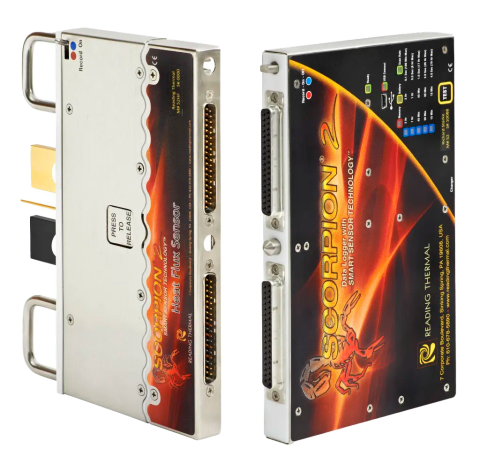Dough density plays a surprisingly critical role in determining optimal baking times for bread production. Whether you’re producing artisan-style loaves or soft sandwich rolls, understanding and accounting for the density of your dough can mean the difference between consistency and chaos on the line. At Reading Thermal, we’ve seen firsthand how a small shift in dough characteristics can ripple through an entire baking schedule. Here’s a look at why density matters, and how you can fine-tune your bake times to match it.
Why Dough Density Isn’t Just a Formula Variable
On the surface, dough density seems like a simple equation: mass divided by volume. But in the baking world, it’s a dynamic variable that can shift with changes in hydration, fermentation, ingredient type and even the ambient conditions of your facility.
Denser doughs – often enriched with fats, seeds or inclusions – conduct heat differently than lighter, more aerated products. They typically take longer to bake through to the center, even if they look fully done on the outside. That can lead to the dreaded underbaked interior or a crust that’s pushed past its ideal color in an effort to reach core temperature.
You can’t just increase the bake time and hope for the best. That risks drying out the product or creating inconsistencies between batches. Instead, density must be factored in at the calibration level – baking schedules need to be custom-fitted to the thermal behavior of each product type.
Profiling the Heat Journey with Precision Tools
Thermal profiling makes this process much more precise. At Reading Thermal, our SCORPION® 2 Profiling System is a go-to solution for bakeries that need to track how heat, air flow and humidity move through their ovens – and their dough. When used in tandem with the Temperature Interface, bakers can see exactly how long it takes for heat to penetrate a dense loaf versus a lighter one. It’s not guesswork. It’s hard data.
By running multiple bakes with the SCORPION® 2, you’ll see the time it takes for the dough’s core to reach key temperature benchmarks – like yeast kill or starch gelatinization. Those timepoints vary significantly depending on dough density. If you’re shifting a product formulation, even slightly, you can expect those benchmarks to shift, too. Using real-time thermal data, you can recalibrate the bake curve instead of relying on visual inspection or surface readings alone.
Customizing Air Flow and Humidity to Match Dough Behavior
Bake time is just one piece of the puzzle. Oven conditions need to work in harmony with dough density to get that consistent, reliable finish. Denser doughs tend to trap more moisture, which means they often need longer dwell times or adjustments in air flow to promote proper crust development without over-drying. That’s where our Digital Air Velocity Sensor Array and Digital Humidity Sensor come into play.
By measuring how air and moisture move through your oven zones, you can fine-tune those conditions to match the heat transfer needs of your denser products. If the air flow is too aggressive, you may get premature crusting. If the humidity is too high, the loaf may stay pale and gummy inside. Profiling these variables in context with dough density helps you strike the right balance.
Learn more about how Reading Thermal products can make determining optimal baking times for bread production easy by contacting us online or calling 610-678-5890.

